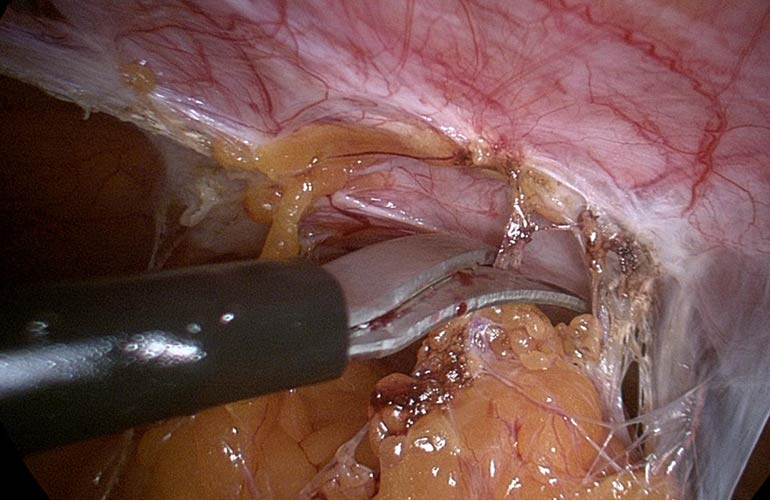
Adhesiolysis
The occurrence of adhesions in the body is far more prevalent than is commonly assumed. Adhesiolysis is a surgical operation used to eliminate or separate adhesions in order to restore the normal anatomy and functions of an organ while also reducing pain.
Laparoscopic adhesiolysis is one of the medicinal approaches to adhesion lysis in the body. Before delving into the procedure of laparoscopic adhesiolysis, it is necessary to gain a thorough understanding of the idea of adhesions in the human body, as well as the prevalent symptoms and unpleasant effects associated with them.
Adhesions are a band of scar tissues that form in the body as a manner of natural repair for any type of tissue disturbance that can arise as a result of operations, infections, radiation, or disorders such as endometriosis. Adhesions that arise without any evident or known tissue trauma are extremely unusual, as they usually occur as part of the regular healing process.
Adhesions are most commonly found on the peritoneal surface, but they can also form between two surfaces or between two neighboring organs like the fallopian tubes, intestines, momentum, or the abdominal wall.
Adhesions can thus result in the binding of two organs or tissues together in such a way that it causes discomfort or organ malfunction. It can also cause life-threatening problems such as intestinal blockage in rare circumstances. They can manifest as thin, avascular sheets of tissue or thick vascular fibroid bands of adhesion, with the latter being regarded as a more severe and difficult-to-treat problem.
Typically, there are no substantial and visible indications of adhesions in an individual. However, it can cause discomfort in some circumstances by tugging nerves within an organ with adhesions or even within the adhesion itself.
